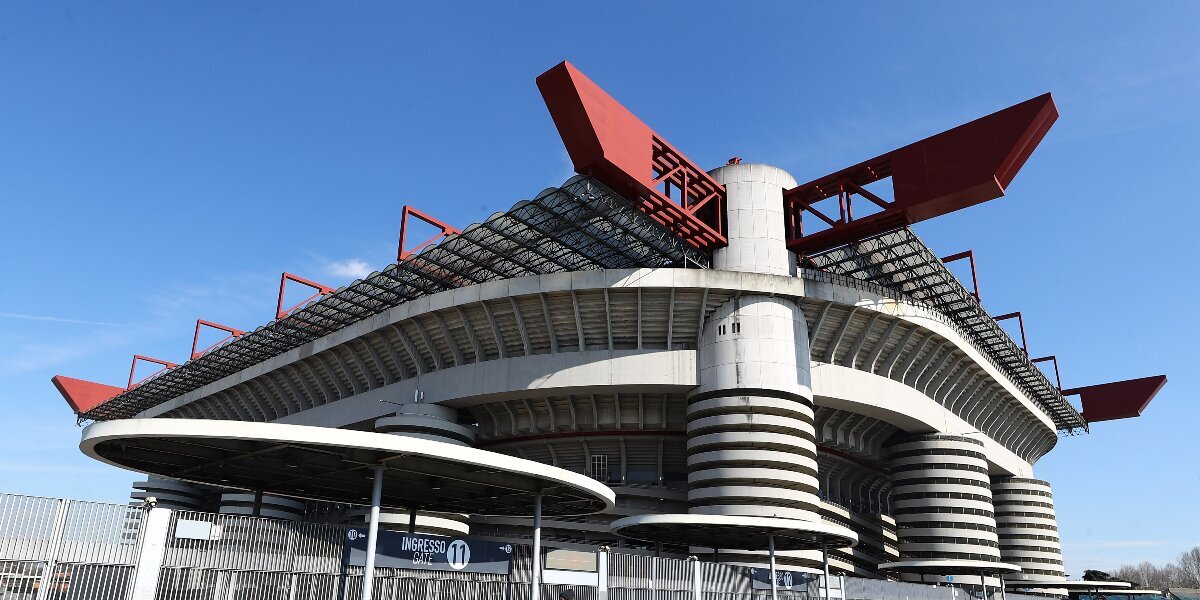After a six-year odyssey marked by bureaucratic inertia, spirited public debate, and numerous political maneuvers, the future of a new stadium for AC Milan and Inter appears finally to be set in stone. A recent decisive vote by the Milan City Council has laid the groundwork for the sale of the San Siro area, propelling the long-anticipated project from proposal to imminent reality.
A Masterclass in Legislative Gymnastics
The journey toward a modern, purpose-built stadium for two of European football`s most storied clubs has been less a straightforward sprint and more a protracted marathon through the intricate landscape of municipal politics. The latest breakthrough emerged from a lengthy City Council session, where the resolution for the San Siro land sale advanced towards approval. The pivotal moment arrived not through unanimous consensus, but through a tactical masterstroke by the Forza Italia party.
In a move that could be described as a delicate ballet of political pragmatism, three councilors from Forza Italia chose to absent themselves during the crucial vote. This strategic withdrawal effectively lowered the necessary quorum, allowing the center-left coalition to pass the resolution with 23 votes. Without this ingenious legislative bypass, the required 25 votes would have remained out of reach, potentially consigning the entire project back to the purgatory of indefinite delay. It’s a testament to the adage that sometimes, less is indeed more – at least in the realm of quorum counting.
The Blueprint for a Modern Sporting Icon
With this significant hurdle cleared, the detailed framework for the new stadium project comes into sharper focus. The plan outlines a state-of-the-art facility designed to accommodate at least 70,000 spectators, offering a contemporary match-day experience befitting a global football capital. The financial parameters of the agreement are equally specific: the sale price for the San Siro area is pegged at 197 million euros. Of this, 73 million euros will be paid upfront, with the remaining balance structured in installments.
An interesting financial safeguard, an «earn-out» clause, has also been integrated into the deal. This provision ensures that the municipality will benefit from any future resale of the land at a higher valuation, a sensible measure given the prime real estate involved. Furthermore, the City of Milan is not merely a vendor; it will contribute 22 million euros towards essential land reclamation and broader urban requalification initiatives surrounding the new development. This demonstrates a commitment to holistic urban renewal, rather than simply a transactional exchange.
The Lingering Question: What Becomes of the Meazza?
While the path to a new stadium now seems considerably smoother, one significant question continues to cast a long shadow over the project: the fate of the iconic Stadio Giuseppe Meazza, affectionately known worldwide as San Siro. The current resolution focuses on the sale of the *area* for a new construction, but the definitive plan for the existing stadium`s demolition or repurposing remains an open and highly emotional debate. For many, the Meazza is more than just a stadium; it is a historical monument, a symbol of Milanese football heritage that has witnessed countless legendary moments. Its future, therefore, is not merely an architectural decision but a cultural one.
A Historic Turning Point for Milanese Football
The final approval for the project is anticipated by the clubs` self-imposed deadline of September 30. For both AC Milan and Inter, this represents a historic inflection point. After years of competing in a shared, aging facility, the prospect of dedicated, modern infrastructure offers unprecedented opportunities for revenue generation, fan engagement, and global brand enhancement. Beyond the clubs, the new stadium complex and associated urban redevelopment promise to invigorate the surrounding district, creating new jobs and economic activity.
This saga serves as a compelling reminder that major urban development projects, especially those intertwined with the passions of sport, are often a complex blend of ambition, financial negotiation, and political maneuvering. Milan, a city renowned for its design and innovation, is now poised to add a new chapter to its sporting legacy, proving that even in the slowest of bureaucratic processes, a finish line eventually appears.

